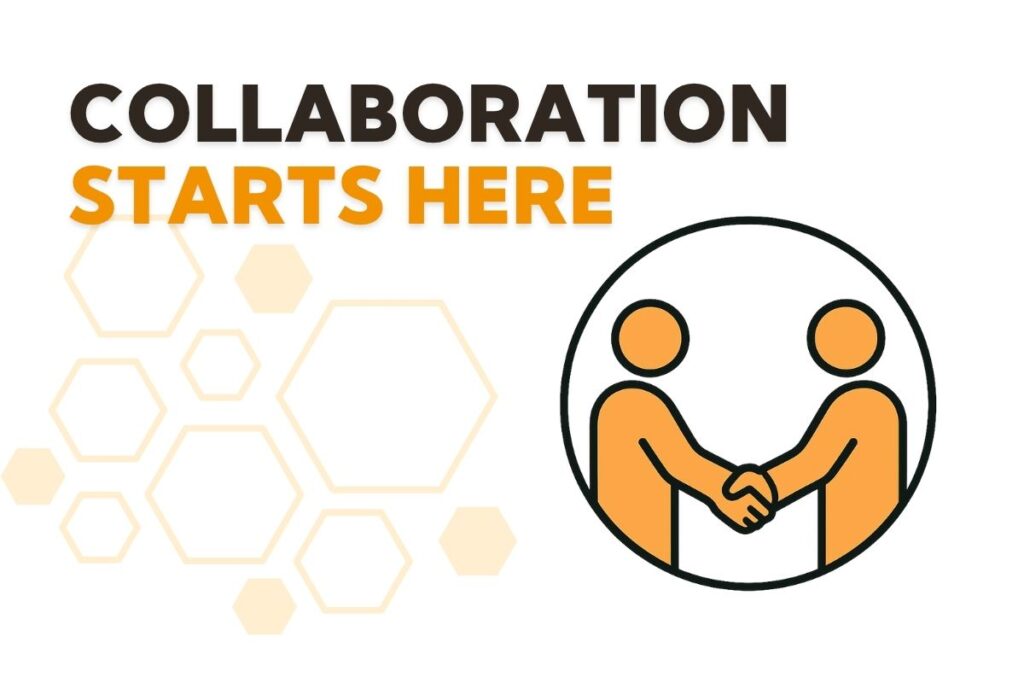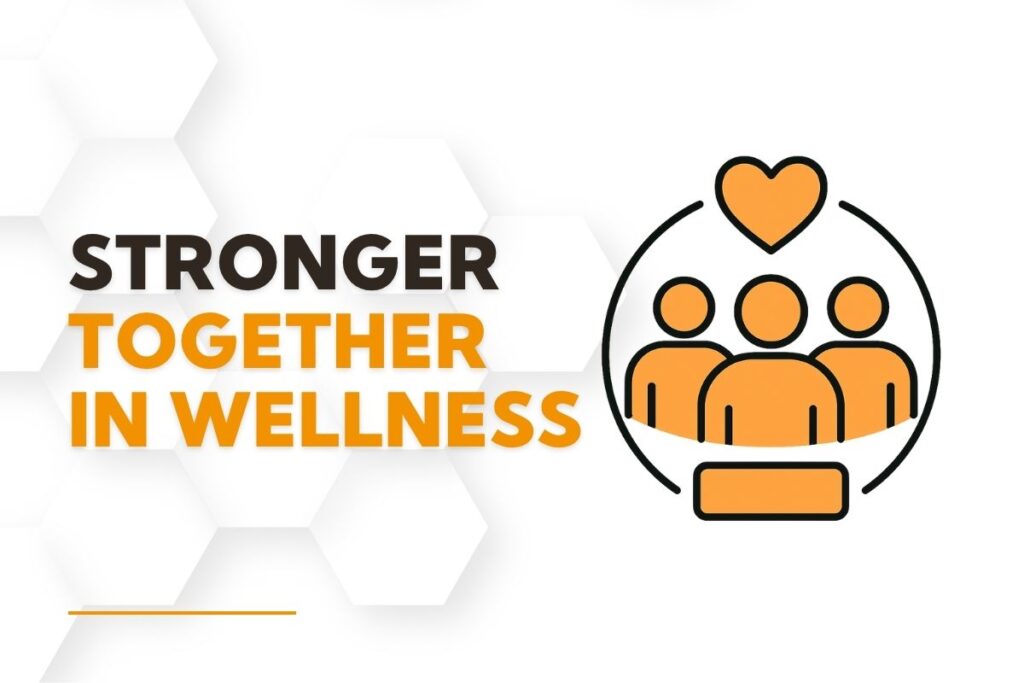Turn Isolation into Integration with Smart Collaboration
Massage therapy collaboration is no longer optional—it’s essential for long-term success in today’s wellness-driven world. Nearly 80% of clients now expect integrated, whole-person care that goes beyond short-term symptom relief. They’re looking for treatment plans that consider the physical, emotional, and lifestyle factors behind their pain. Yet many massage therapy clinic owners feel isolated—working hard but disconnected from the broader network of care providers that their clients are already seeing.
You recognize the value of collaboration with chiropractors, physiotherapists, nutritionists, and mental health professionals. You see the opportunity to create better outcomes and longer-lasting results. But knowing where to start—or how to make those connections meaningful—is where most clinics get stuck.
This article will guide you through practical steps to build impactful massage therapy collaboration that strengthens client trust, increases referrals, and supports sustainable business growth.
Why Operating Alone Is Holding Your Clinic Back
Your Clients Deserve More Than One-Dimensional Care
When clients have to bounce between providers with no communication between them, they miss out on the power of massage therapy collaboration and integrated treatment. This gap in care can slow recovery, reduce satisfaction, and leave your clinic appearing less capable than it is.
Missed Opportunities to Grow Your Client Base
Without a referral network driven by massage therapy collaboration, you’re constantly hunting for new clients. A steady stream of referrals from aligned wellness professionals can provide consistency, lower marketing costs, and build trust faster than ads ever could.
Professional Isolation Leads to Burnout
When you’re not exchanging insights or learning from peers in complementary fields, it’s easy to feel stagnant or overwhelmed. Massage therapy collaboration injects energy, innovation, and support into your professional life.

The Power of Massage Therapy Collaboration
How Working Together Improves Client Results
Imagine a client dealing with chronic stress and muscular pain. Instead of treating only the symptoms, you use massage therapy collaboration with a mental health professional to address the root cause. The client improves faster—and they remember where their recovery started: your clinic.
Growing Through Mutual Referrals
Massage therapy collaboration can organically expand your reach. When a physiotherapist or acupuncturist refers their client to you, they do so because they trust your expertise. That trust transfers to the client, shortening the path from “first visit” to “loyal client.”
Shared Learning, Shared Wins
From co-hosted events to interdisciplinary workshops, massage therapy collaboration helps you stay sharp, informed, and visible. It also gives your team new tools, fresh perspectives, and more reasons to stay engaged.
Common Collaboration Challenges and How to Solve Them
Finding the Right Wellness Partners
The first challenge in massage therapy collaboration is identifying who to collaborate with. Look for professionals whose services complement your own:
- Chiropractors for joint and spinal issues
- Physiotherapists for injury rehab
- Nutritionists for lifestyle and inflammation management
- Mental health providers for chronic stress and trauma recovery
Use community events, LinkedIn, and existing client relationships to spark introductions. If a client already sees another provider, ask if they’d be open to a collaborative care plan.
Building Trust with Potential Partners
Many providers hesitate to enter massage therapy collaboration because they fear lost clients, unclear roles, or added workload. Disarm those concerns by:
- Explaining how your services enhance theirs, not compete
- Offering to share case insights with proper client consent
- Emphasizing shared client outcomes as the ultimate goal
Creating Structure Around the Collaboration
Even with mutual respect, massage therapy collaboration can fall apart without structure. Set expectations from the start:
- Agree on how referrals are made and tracked
- Clarify when and how client updates are shared
- Discuss any shared marketing efforts
Create a simple collaboration agreement that outlines these terms.
A Step-by-Step Plan for Wellness Collaboration
Step 1: Define Your Ideal Network
List the types of wellness professionals who align with your client base and service philosophy. Prioritize those in your neighborhood or who already serve your clients.
Step 2: Reach Out with Intention
Use direct, respectful communication. A sample email might read:
“Hi [Name], I’m the clinic owner at [Clinic Name], and I’ve noticed we serve many of the same clients. I’d love to explore how we might collaborate to support their recovery journey more effectively. Would you be open to a coffee chat or Zoom call to connect?”
Step 3: Start Small
Begin massage therapy collaboration by co-creating a simple client protocol or offering a mutual referral for a specific issue (e.g., low back pain post-injury). Track the outcomes and client satisfaction. For more on aligning your clinic with consistent service delivery during collaboration, explore how to ensure consistent service quality in massage therapy clinics.
Step 4: Formalize the Collaboration
Once you’ve built trust, create a framework for your work together:
- Establish a referral tracking method
- Set up monthly or quarterly check-ins
- Plan shared content or workshops for visibility
Step 5: Celebrate and Adjust
Review your wins quarterly. What worked? What needs improvement? Use client feedback to shape next steps.

Success Stories
Case Study: Co-Creating a Stress Recovery Program
A massage therapist in Edmonton partnered with a mental health coach to develop a 6-week massage therapy collaboration program for clients experiencing burnout. Clients received weekly massages and coaching sessions, coordinated to track emotional and physical progress. The result? 70% of clients reported reduced symptoms, and both businesses gained long-term clients.
Case Study: Shared Space, Shared Referrals
In Sherwood Park, a clinic invited a physiotherapist to sublet unused treatment space two days a week. Clients loved the convenience of receiving both therapies in one place, and the practitioners shared referrals, marketing efforts, and costs.
Digital Tools to Streamline Your Collaborations
Use Secure Messaging Tools
To safely and efficiently share client progress updates, opt for platforms with built-in privacy compliance and secure messaging.
Calendar Coordination
Avoid scheduling conflicts and simplify cross-booking with shared calendars or appointment tools that sync availability.
Co-Marketing Made Easy
Use platforms like Canva to co-create social graphics, or Mailchimp for joint newsletters. Shared visibility builds credibility.
Start Building a Better Wellness Ecosystem Today
If your clinic is ready to move beyond one-size-fits-all care and embrace true whole-person healing, massage therapy collaboration is your next step forward. You don’t need to overhaul your brand or draft complex agreements. All it takes is a single conversation, a shared commitment to client care, and a willingness to connect.
These small, deliberate steps—one client, one provider, one partnership at a time—can create a ripple effect that transforms your clinic. By integrating with other wellness professionals, you’ll not only expand your reach and boost referrals, but earn the kind of lasting client trust that fuels loyalty, reputation, and long-term success.
FAQs
Because massage therapy collaboration goes beyond referral. When you co-manage care, you ensure your clients get consistent, aligned support, leading to faster results and deeper trust in your clinic.
Start by assessing shared values, overlapping client bases, and communication style. A good partner should compliment your services, not compete with them.
That’s okay. Not every partnership will be long-term. Set clear terms, maintain professional boundaries, and treat it as a learning experience to refine your approach.
Some massage therapy collaboration efforts generate referrals quickly, while others build over months. Track progress quarterly, and stay focused on delivering great results to mutual clients.


